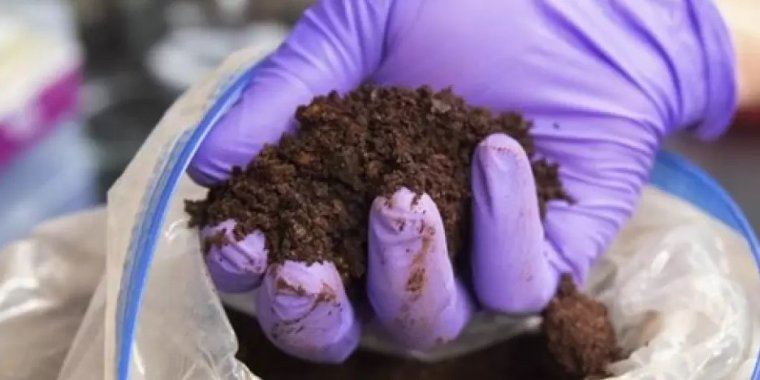| News / Science News |
A protein mines and sorts rare earths
Rare-earth elements, such as neodymium and dysprosium, are critical components in almost all modern technologies from smartphones to hard drives, but they are hard to extract from the Earth's crust and to separate from one another.

Biology has already been harvesting and harnessing the power of rare earths for millennia, especially in a class of bacteria called "methylotrophs." Photo: Patrick Mansell/Penn State
Penn State scientists have discovered a new mechanism by which bacteria select among rare-earth elements, using the ability of a bacterial protein to bind to another unit of itself, or "dimerize," only when it is bound to certain rare-earth elements.
By figuring out how this molecular handshake works at the atomic level, the researchers have found a way to separate different rare-earth metals from one another under normal room temperature conditions.
This strategy could lead to more efficient, greener mining and recycling practices for the entire tech sector, the scientists state.
Rare-earth elements are relatively abundant, but they are scattered across the planet in low concentrations. (U.S. National Science Foundation)
YOU MAY ALSO LIKE





